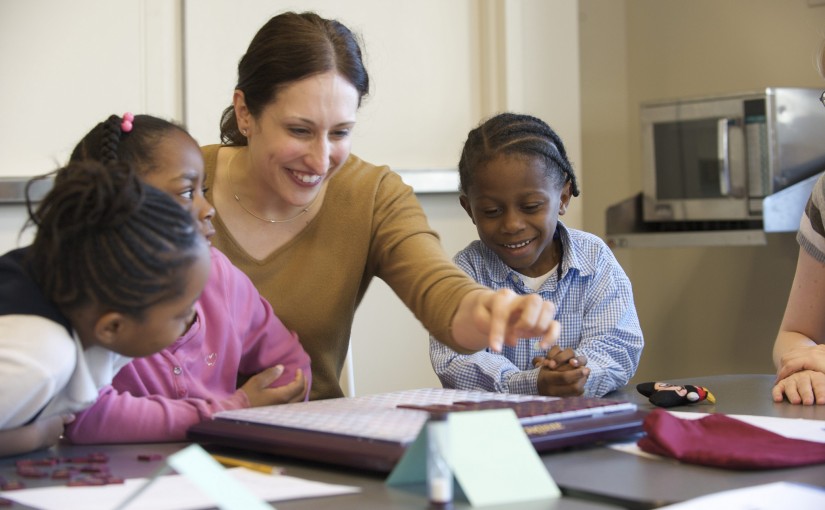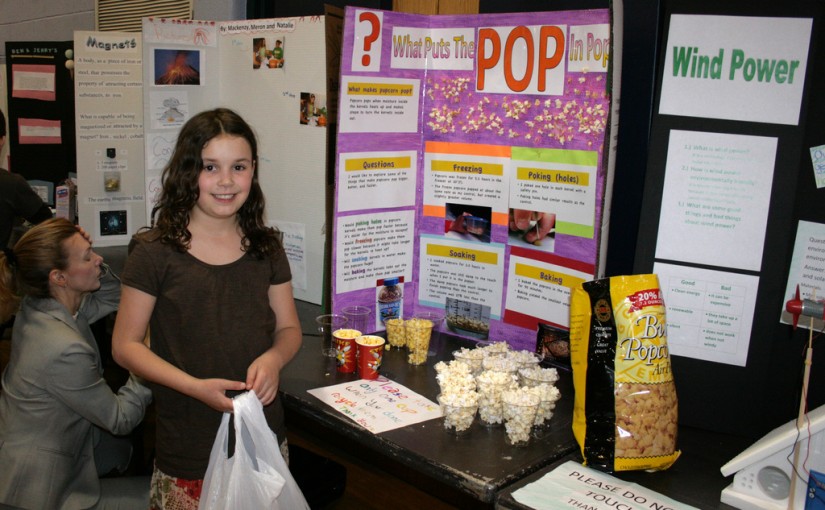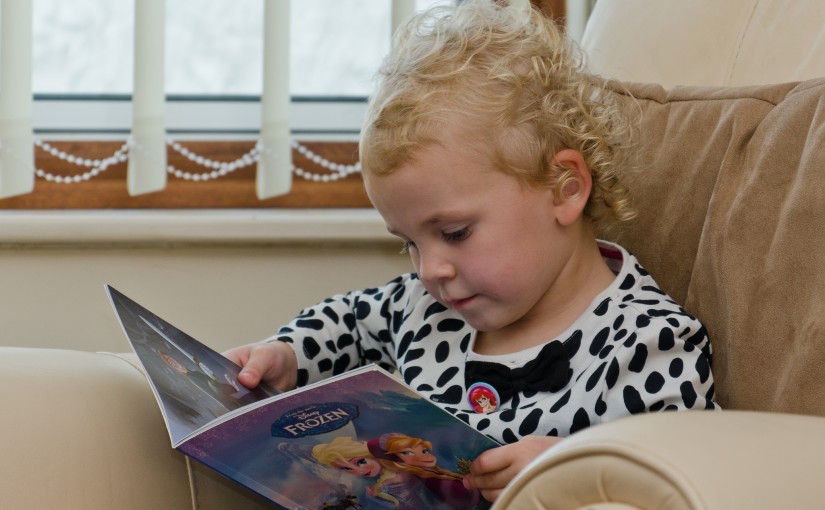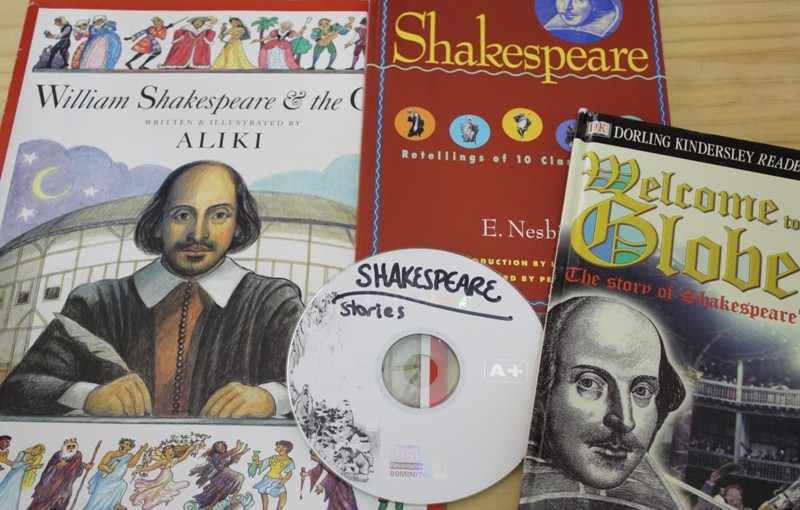Tag: teacher’s tips
-

Tips For Reaching Students With Autism
Teaching a student with autism can be a challenge. Their learning styles are often different from those of most other students, and it may even seem that they are taking no interest in the lessons. Usually, however, this is not the case, and the student is simply overwhelmed and needs lessons tailored to the way…
-

The Importance of Teacher Appreciation Year-Round
Most people have that one teacher that they will never forget, the person who taught them to think outside the box, to believe in themselves. Many communities have Teacher Appreciation Week. Sometimes, students buy their teachers gifts for the holidays. However, those are just a few days a year events. Teacher appreciation needs to be…
-

How the School Library Promotes Independent Learning
Although school libraries’ role is shifting in the digital age, they are still a critical resource for students in fostering the skills for independent learning. The Internet has changed how information is consumed, and some have even questioned whether libraries still have a role in the modern school system. However, libraries have and continue to adapt, offering…
-

20 Ways to Show Appreciation for Teachers
Teacher Appreciation Day this year is May 3. What are you doing to appreciate the teachers in your life or in the lives of your family? If you do not yet know what you will be doing, then please allow me to offer some suggestions. After all, teachers do some of the hardest work in…
-

100 Awesome Science Fair Project Ideas
Science fairs are a fun and interactive way to learn about how the world works in an up-close and personal, hands-on manner that allows a person to showcase their favorite fields. But with so many interesting experiments in the world, how do you narrow your focus down to just one question you want to answer…
-

Mother’s Day Crafts for the Classroom
If you are a teacher, Mother’s Day is an excellent time to get your students’ creative juices flowing. Celebrating an important female relative in a child’s life, whether they are a mother or not, gives students both a chance to show those people how they feel and a chance to stretch their imaginations. As a…
-

Promoting Summer Reading
Reading is more than a great way to pass the time. It expands vocabulary, develops empathy, and improves analytical skills. Research has also shown that how much a child reads over the summer has a strong correlation to how much they retain from last year’s lessons—the more a child reads, the less of a “summer…
-

Reading: 20 Top Tips for Teachers
Reading is an important part of anyone’s life, and for a child, the ability to read can help send them to different worlds full of adventure, fun, and education. Of course, we are not all born with a reading ability ingrained into our minds! Children must be taught how to read, and whether they learn…
-

20 Ways to Teach a Child To Read
Learning to read a major milestone and rite of passage for any child. And yet, one in four children in American grow up without becoming literate, according to DoSomething.org. Weak reading skills makes it harder for a child to succeed in school and work, and is even linked to greater risk for dropping out of…
-

Shakespeare Made Fun
You’ve likely heard your students complain about Shakespeare before. Every teacher has. He is hard to read. His work is boring. His work is not easily relatable. As a teacher, you know these complaints are quite untrue except perhaps for the difficulty in reading Shakespeare’s English. But how do you share the joy of…